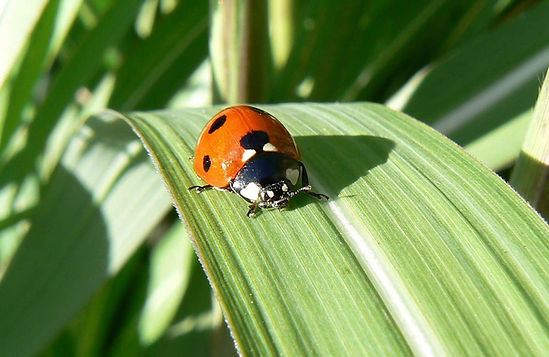Grades: 1,2,3,4,5,6, &8
The NC Sandhills are as amazing as they are diverse. You won't want to miss the show! Join us as we study and learn more about this unique ecosystem, and understand how important it is to protect it and every living thing that calls the Sandhills home.
NC Standards
1.L.1.1 Recognize that plants and animals need air, water, light (plants only), space, food and shelter and that these may be found in their environment.
1.L.1.2 Give examples of how the needs of different plants and animals can be met by their environments in North Carolina or different places throughout the world.
1.L.2.2 Summarize the basic needs of a variety of different animals (including air, water, and food) for energy and growth.
2.L.1.1 Summarize the life cycles of animals: Birth, Developing into an adult, Reproducing, Aging, and Death.
2.L.2.2 Recognize that there is variation among individuals that are related.
3.L.2.2 Explain how environmental conditions determine how well plants survive and grow.
4.L.1.1 Give examples of changes in an organism's environment that are beneficial to it and some that are harmful.
4.L.1.2 Explain how animals meet their needs by using behaviors in response to information received from the environment.
4.L.1.4 Explain how differences among animal of the same population sometimes five individuals an advantage in surviving and reproducing in changing habitats.
5.L.2.1 Compare the characteristics of several common ecosystems, including estuaries and salt marshes, oceans, lakes and ponds, forests, and grasslands.
5.L.2.2 Classify the organisms within an ecosystem according to the function they serve: producers, consumers, or decomposers (biotic factors)
5.L.2.3 Infer the effects that result from the interconnected relationship of pants and animals to their ecosystem.
6.L.2.3 Summarize how the abiotic factors (such as temperature, water, sunlight, and soil quality) of biomes (freshwater, marine, forest, grasslands, desert, tundra) affect the ability of organisms to grow, survive, and/or create their own food through photosynthesis.
8.L.3.1 Explain how factors such s food, water, shelter and space affect populations in an ecosystem.
8.L.3.2 Summarize the relationships among producers, consumers, and decomposers including the positive and negative consequences of such interactions including: Coexistence and Cooperation, Competition (Predator/Prey), Parasitism, & Mutualism.




